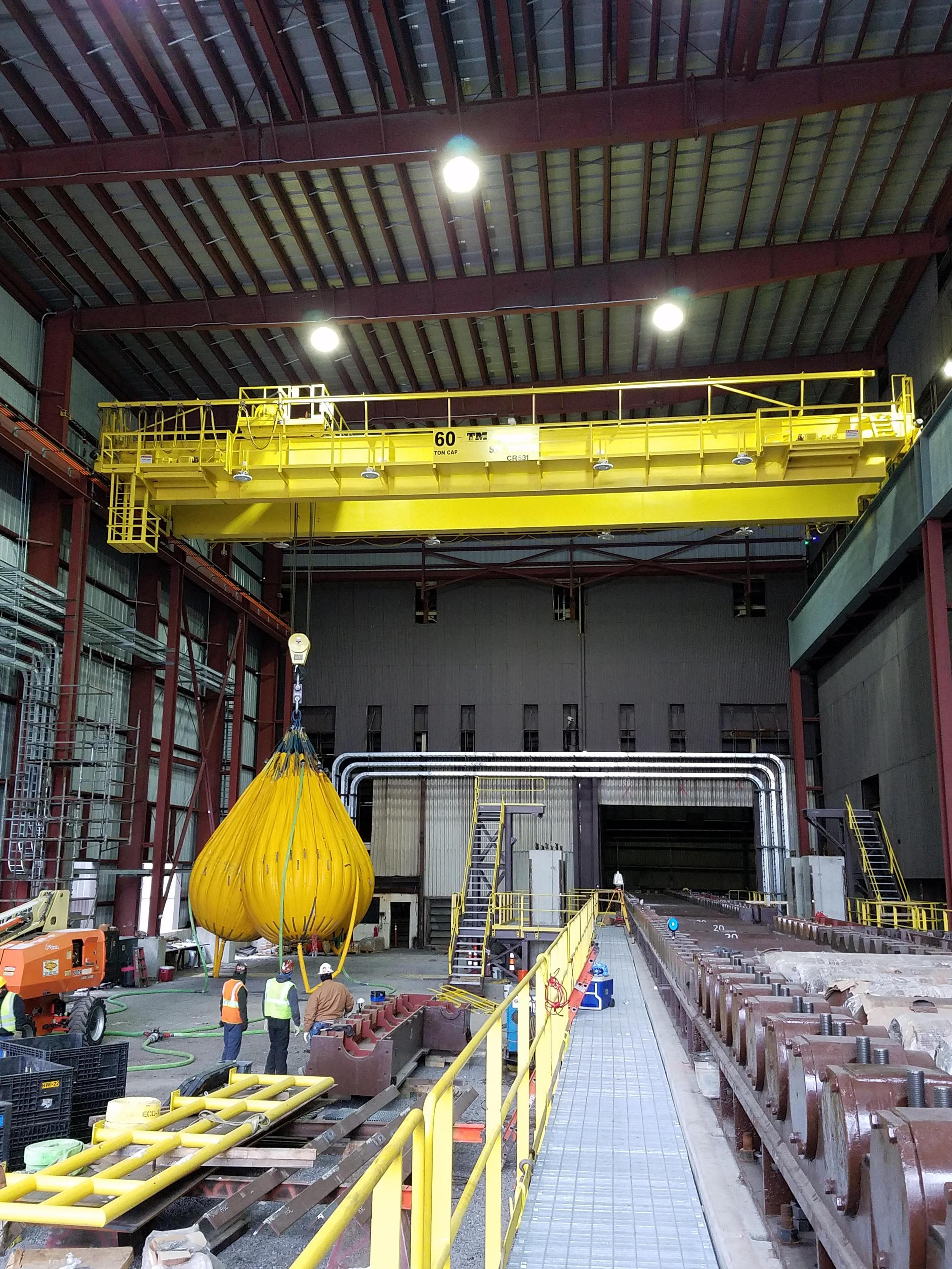
If you work in an industrial or manufacturing setting, chances are you’ve encountered the use of overhead cranes. These powerful pieces of machinery are essential for lifting and moving heavy loads in warehouses, construction sites, and more. However, not all overhead cranes are created equal, and understanding the different classifications of overhead cranes is crucial for choosing the right equipment for the job.
In this comprehensive guide, we’ll explore the six different overhead crane classes, discussing their key features and applications to help you better understand which one is best suited for your specific needs.
When it comes to overhead crane classifications, there are six main classes that are used to categorize different types of overhead cranes based on their load capacity, duty cycle, and operational specifications. These classifications are vital for ensuring that the right type of crane is used for specific lifting applications, contributing to workplace safety and efficiency. Understanding the distinctions between these six classes is crucial for selecting the most suitable overhead crane for a particular industrial setting.
The six different overhead crane classifications are Class A, Class B, Class C, Class D, Class E, and Class F. Each classification is designed to handle different load capacities and duty cycle requirements, making them suitable for various lifting and material handling tasks. By delving into the unique features and capabilities of each class, it becomes apparent how these classifications play a vital role in meeting the diverse needs of different industries and applications.
Class A overhead cranes are designed for infrequent or light service, typically handling loads that weigh 5 tons or less. These cranes are suitable for simple material handling tasks, such as maintenance and repair work in small workshops or warehouses.
Class B overhead cranes are built for light service but have a higher load capacity than Class A cranes. They are ideal for moderate usage in machine shops, assembly operations, and light warehousing. Class B cranes can handle loads ranging from 2 to 20 tons and are designed for more frequent operation than Class A cranes.
Class C overhead cranes are designed for moderate to heavy service and can handle loads weighing between 10 to 50 tons. These cranes are commonly used in heavy fabrication, foundries, and machine shops. They can sustain continuous operation and are perfect for handling heavy loads in more industrial settings.
Class D overhead cranes are the next step up in terms of capacity, designed to handle loads ranging from 10 to 60 tons. These cranes are built for heavy-duty applications in heavy machine shops, steel warehouses, and other industrial settings where heavy loads must be moved and positioned.
Class E overhead cranes are designed for severe service and can handle loads exceeding 20 tons. These cranes are commonly used in heavy machine shops, steel warehouses, and foundries. Class E cranes are built to withstand the most demanding handling tasks and are designed for continuous operation.
Class F overhead cranes are the top of the line in terms of capacity, designed to handle loads exceeding 40 tons. These cranes are suitable for the most demanding applications, including heavy-duty metal service centers, large-scale manufacturing, and high-capacity industrial operations. Class F cranes are built to handle the heaviest loads and are best suited for continuous and severe service environments.
T&M Cranes’ team of experienced professionals is ready to help you determine the right crane for your business. With our in-depth knowledge and expertise, we will walk you through every step of the process for a hassle-free purchase. Our exemplary customer service team will ensure that you don't make this significant purchase alone. Get in touch with us today to see why customers continue to turn to T&M Cranes for all their overhead crane needs!